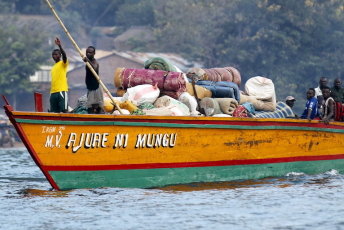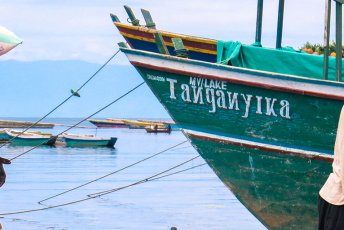Saturday, 3 March, marks World Wildlife Day, announced by the United Nations General Assembly in 2013 to raise awareness of threats to endangered species around the world. This year’s theme is big cats. In Africa, the trade in big cats, particularly lions, is increasing and showing worrying trends, but so too is the trade in a number of other species.
ENACT research identified six key developments in African wildlife trade in the last year. These trends show the need for proactivity and innovation to tackle the growing presence of organised wildlife crime on the continent.
- High rate of rhino poaching. Last year, 1 028 rhinos were poached in South Africa: down slightly from the 1 054 recorded to have been poached in 2016. Hotspots are also shifting: there’s been a near 50% increase in the number of rhinos poached in the KwaZulu-Natal province. Recently, for instance, seven rhinos were believed to be killed within two weeks in Hluhluwe-Imfolozi Game Reserve.
- Shift in ivory markets. In December 2017, China banned its domestic ivory market. Simultaneously, statistics show that elephant poaching is on the decline in Africa, perhaps most notably in East Africa. While this good news and China’s new legislation is encouraging, growing ivory markets in Laos, Thailand and Vietnam could thwart any potential gains and push the Chinese trade underground.
- New smuggling routes for small species. New research into the trade in pangolin, believed to be the world’s most trafficked animal, suggests that the trade increases annually by 150%. Smuggling to China, Hong Kong and Malaysia was found to be facilitated by workers of foreign-owned corporations in poaching-hotspot countries Cameroon and Gabon. Similarly, the sea snail abalone, considered a delicacy in East Asia, has seen massive increases in illegal exports. Although largely poached from the western shores of South Africa, smugglers are transporting the products as far north as Kenya before shipping to the most popular destination, Hong Kong.
- Across the globe, environmental defenders are being killed in record numbers. Africa is no different, with several prominent wildlife conservationists assassinated. Last month, American Esmond Bradley Martin, one of the foremost ivory investigators in the world, was stabbed to death in his home in Nairobi. In August 2017, Wayne Lotter, the South African co-founder of the PAMS conservation organisation, was shot dead in Dar es Salaam. These killings, although still under investigation, point to the threat posed by the powerful organised crime syndicates behind poaching.
- Legislative changes. In June 2017, the South African government approved the international trade of up to 800 skeletons of lions bred in captivity. Just a couple of months later, the country hosted the world’s first domestic auction of privately owned rhino horn. These two moves fuel a heated debate about whether legalisation reduces or increases demand. Legalising such trade can serve to reduce stigma associated with consumption. This, in turn, could fuel demand – and as current levels of private breeding cannot match the scale of demand, this may further increase poaching rates.
- Many arrests, but few convictions. Last year saw one of Tanzania’s most notorious poaching kingpins, Boniface Matthew Maliango, sentenced to 12 years in prison. South Africa reported an increase in the number of arrests of suspected poachers in Kruger National Park in 2017, but a decline in the national numbers of arrests . Yet, to really dismantle the organisations behind poaching, the number of arrests must be better matched with convictions.
These six trends indicate that while there appears to be progress, organised wildlife crime is an increasing challenge in many African countries. The response required to protect Africa’s endangered species goes far beyond any awareness brought about by World Wildlife Day, but calls for bold and immediate policy prioritisation.
Ciara Aucoin, senior research consultant, ENACT, ISS







